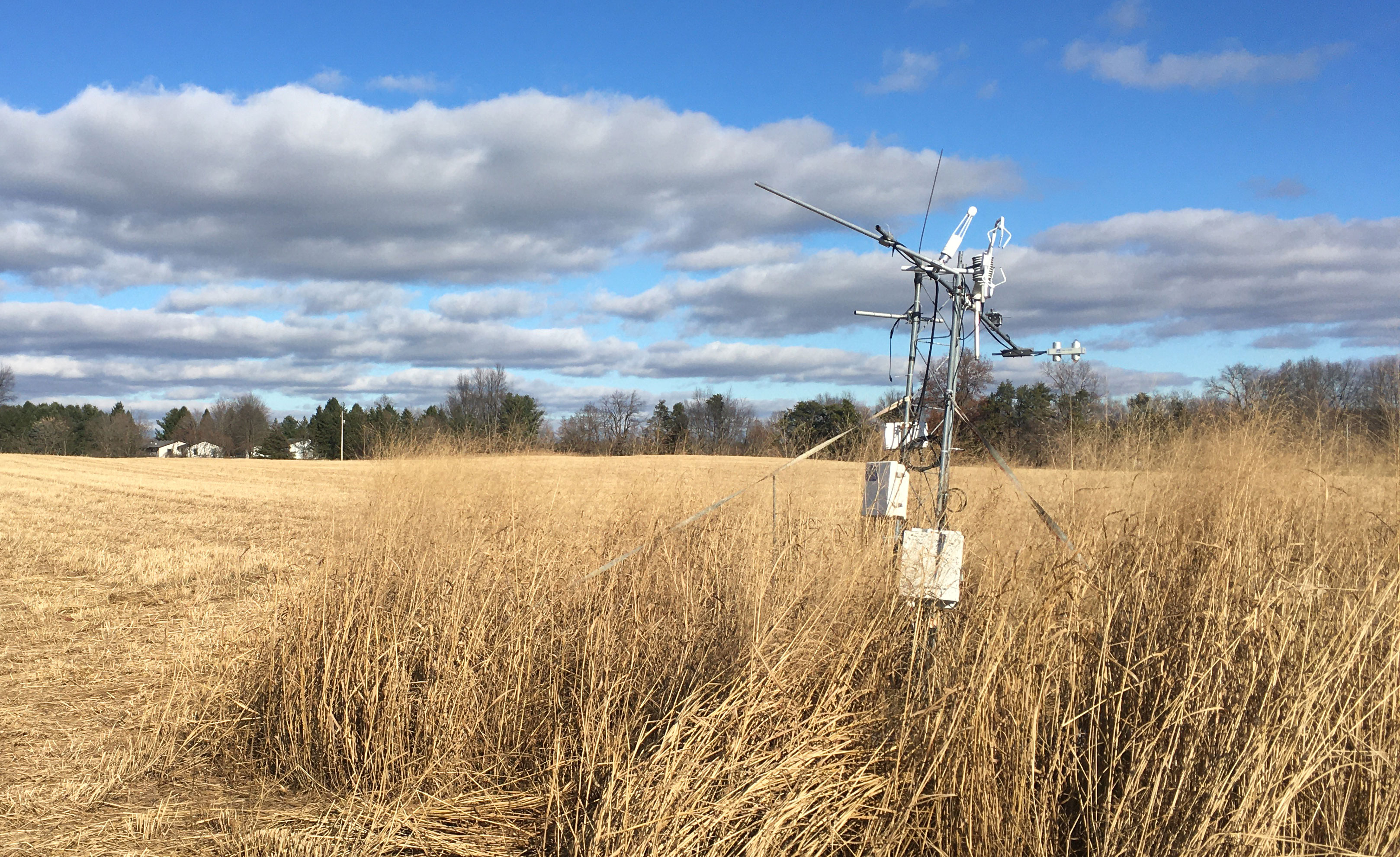
The Science
Burning plants to generate electricity and capturing and storing the resulting carbon dioxide emissions underground – a process known as bioenergy with carbon capture and storage (BECCS) – can slow the rise in global temperatures. But changes in land use, such as planting crops on grassland or converting row crops to prairie, can have positive or negative climate impacts. For example, some crop systems trap more greenhouse gases in the soil or reflect more of the sun's energy back out to space. There are different ways to estimate these impacts, but they don't always agree, and no one has done a direct comparison. Here, scientists compared three approaches on three crop systems over 13 years at a single experimental site.
The Impact
BECCS may be needed to slow the rise in global temperatures, but the technology requires vast amounts of land — an area larger than the United States in the most ambitious proposals. The type of crops and how they are grown have major impacts on the environment. To increase confidence in the climate impacts, we need to understand the strengths and limitations of the methods for estimating those impacts.
Summary
Scientists with the Great Lakes Bioenergy Research Center compared three methods for estimating the change in Earth's energy balance (radiative forcing) from three bioenergy crops (corn, switchgrass, and prairie) planted on former grassland and former cropland at a long-term experimental site in Michigan. The three methods were eddy covariance towers, which measure the concentration of carbon dioxide in the air and which direction it is moving; traditional soil and plant carbon inventories; and MEMS 2, an ecosystem model that tracks how carbon moves through the ecosystem.
Results from all three methods agree that establishing perennials (switchgrass or prairie) provides similar net cooling impacts on either landscape, though corn grown for BECSS on either landscape provides the greatest mitigation because higher plant productivity results in more geologically stored carbon. Geologic storage of biomass carbon was, on average, the largest component of the radiative forcing budget, followed by on-site net ecosystem carbon balance, land surface albedo, nitrous oxide, embedded fossil fuels, and methane.
The results highlight the strengths and limitations of each method and show that using multiple methods increases confidence in radiative forcing estimates.